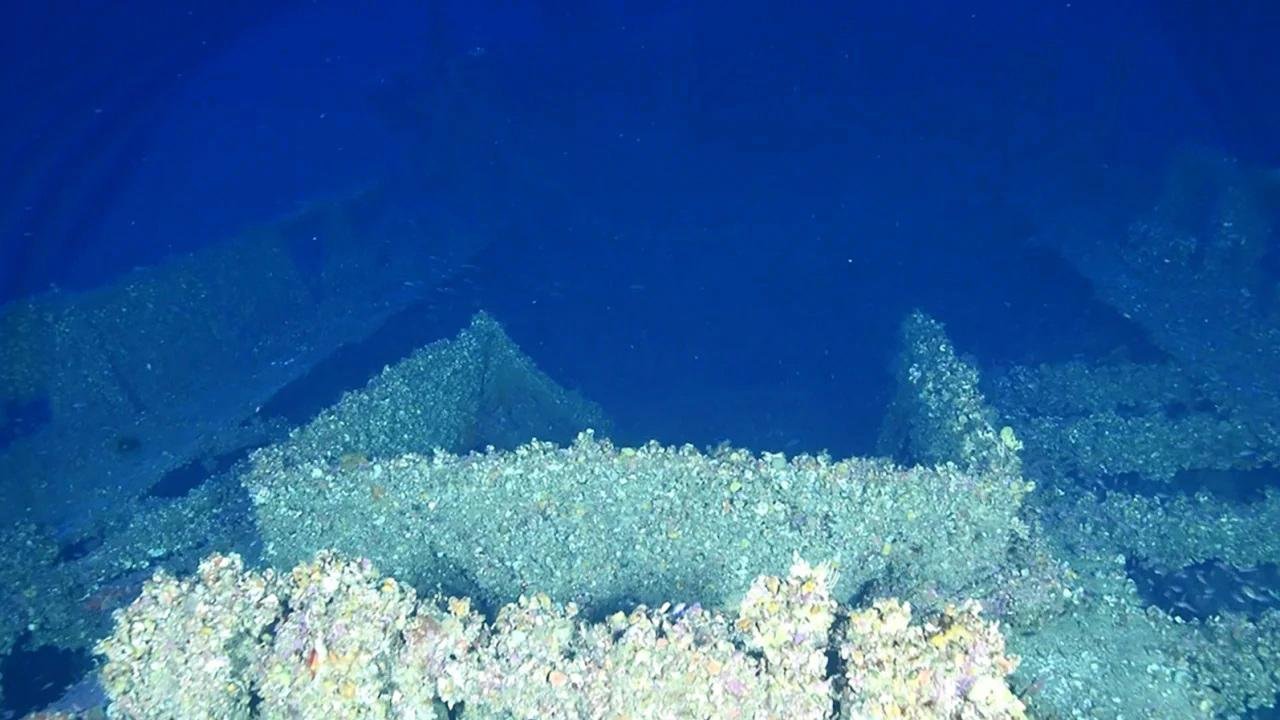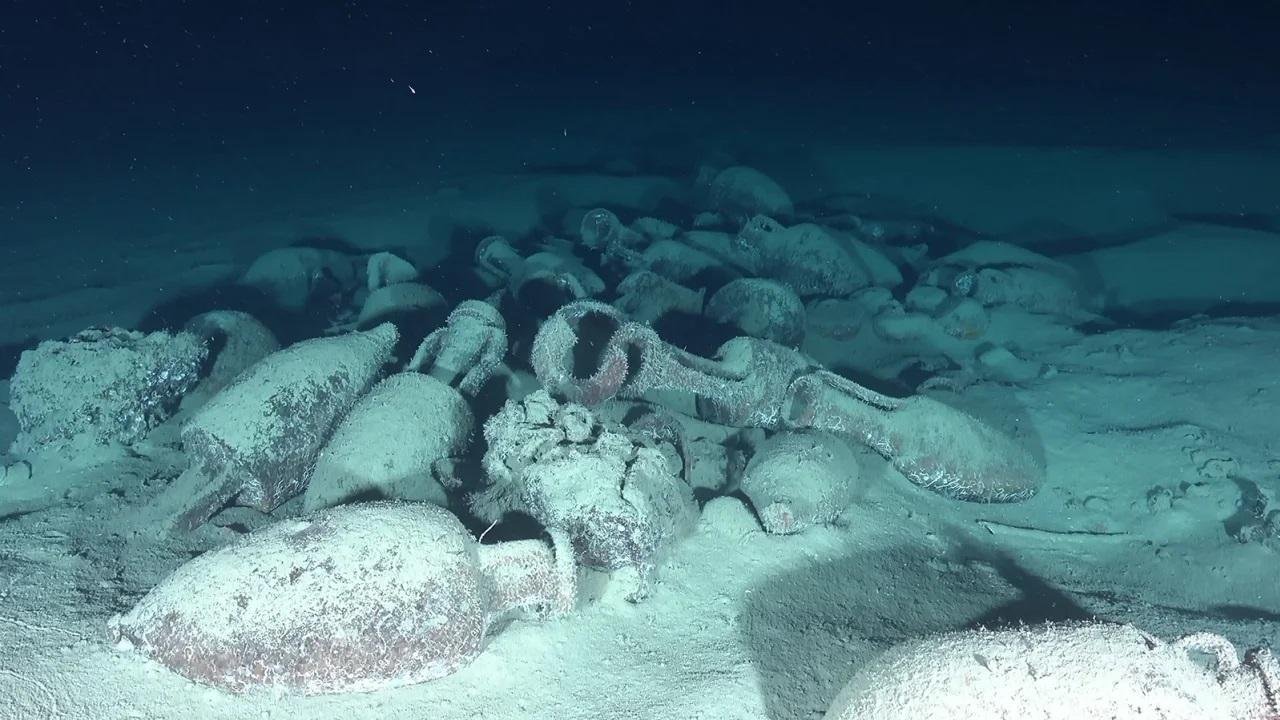Last year, a team of international scientists made a significant discovery during an underwater archaeological expedition in the Mediterranean Sea, uncovering three historical shipwrecks.

These wrecks were located in a perilous area known as the Skerki Bank, situated off the coastlines of Sicily and Tunisia.
In addition, the scientists captured high-resolution photographs of three other ships that were initially found by experts Robert Ballard and Anna Marguerite McCann between the 1980s and 2000s.
The scientists thoroughly examined these images and subsequently shared their findings with the public in a press conference organized by UNESCO, held in Paris on Thursday.
Between August and September, the group of scientists hailing from Algeria, Croatia, Egypt, France, Italy, Morocco, Tunisia, and Spain embarked on a 14-day expedition aboard the French research vessel, the Alfred Merlin.
Equipped with remotely operated vehicles (ROVs), underwater vehicles which can be controlled from a distance, the researchers conducted exploration in two specific regions: the Skerki Bank near Tunisia and the Sicilian Channel in Italy.
By diving to depths inaccessible to humans, the ROVs captured images and videos of the shipwrecks and their associated artifacts. One ROV, named Arthur, successfully reached impressive depths ranging from 2,296 to 2,952 feet (700 to 900 meters).
During the mission, the team meticulously studied two wrecks believed to date back to the late 19th or early 20th century, one measuring 242 feet and the other measuring 50 feet. Additionally, they examined an ancient vessel measuring 50 feet in length.
By using a technique known as sonar, the scientists successfully created a catalog of the shipwrecks.
Furthermore, the researchers uncovered both metal and wooden vessels that are believed to be from the late 1800s to early 1900s. These shipwrecks hold immense historical significance as they symbolize a shared heritage among the countries in the region.
In addition to these findings, the team also examined three Roman wrecks situated off the coast of Italy. These included two merchant ships from the first century carrying valuable cargo such as amphorae, common goods, stone, and ceramics. Additionally, they explored a cargo vessel dating back to the first century BCE, which contained similar merchandise.

These artifacts serve as compelling evidence of the flourishing trade that occurred between diverse cultures traversing the Mediterranean thousands of years ago.
According to Barbara Davidde, an underwater archaeologist and the director of Italy’s National Superintendency for Underwater Cultural Heritage, a significant milestone in trade history is about to be written. Through the analysis of the cargo recovered, researchers will delve into the intricate relationships between Mediterranean countries and the maritime trade routes that linked various parts of the region.
The remarkable findings are the result of a truly collaborative endeavor, with each participating country contributing its own expertise and technological advancements. A documentary showcasing the team’s remarkable work in uncovering these shipwrecks is scheduled to premiere in Paris later this year.
Notably, this mission stands as the largest international effort ever carried out by UNESCO. Lazare Eloundou Assomo, the director of the UNESCO World Heritage Centre, acknowledges the immense potential and significance of underwater cultural heritage.
“UNESCO has actively committed itself to supporting underwater archaeological missions of this type right across the globe. As you know, the Mediterranean with its very rich history and its countless shipwrecks and archaeological sites offer a unique and fascinating stage for such expeditions. And I hope that there will be many more in the future that will bring us togethe,” he said.























